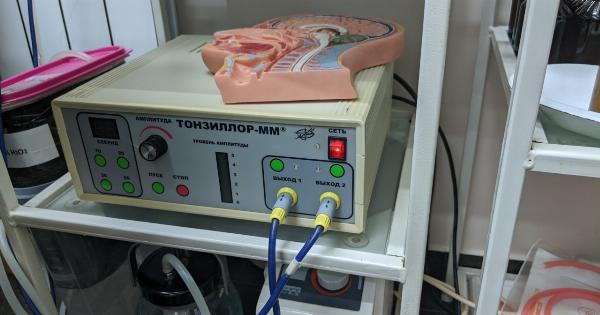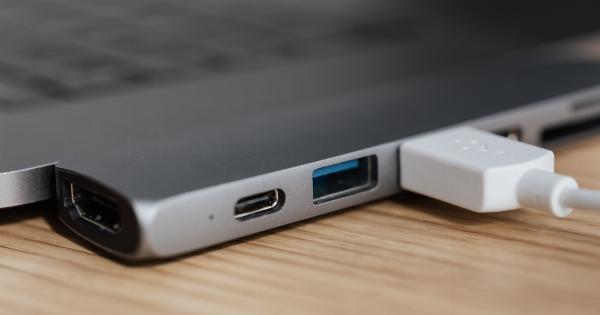Candidiasis is an infection caused by Candida, a type of yeast that naturally lives inside our body. However, sometimes it can overgrow and cause an infection, leading to various symptoms.
Candidiasis can affect different parts of the body, including the mouth, throat, genital area, skin, and bloodstream. Symptoms vary depending on the affected area but often include:.
Oral candidiasis symptoms
If Candida overgrows in the mouth, it can cause oral candidiasis or thrush. Symptoms may include:.
- White or yellow patches on the tongue, gums, and cheeks
- Redness and soreness in the mouth or throat
- Pain while eating or swallowing
- A cottony feeling in the mouth
- Loss of taste
Genital candidiasis symptoms
Candida overgrowth in the genital area can cause genital candidiasis. Symptoms may include:.
- A thick, white, odorless discharge from the vagina
- Redness, itching, and swelling in the vagina or vulva
- Pain or discomfort during sex or urination
Skin candidiasis symptoms
Candidiasis can also affect the skin, especially in warm and moist areas, such as the armpits and groin. Symptoms may include:.
- A red, itchy, and sometimes painful rash
- Patches that ooze or crust over
- A sharp border between the affected and healthy skin
- Blisters
- A scaling or peeling area
Candidemia symptoms
In rare cases, Candida overgrowth can enter the bloodstream and cause a potentially life-threatening condition called candidemia. Symptoms may include:.
- Fever and chills
- Rapid heartbeat and breathing
- Low blood pressure
- Confusion and hallucinations
- Reduced urine output
- Skin rashes and bumps
If you are experiencing any of these candidiasis symptoms, you may want to take a test to check if you have a candida overgrowth. The following test may help you identify whether candidiasis is a concern for you.
Candida overgrowth test
This is a simple test that you can take at home to get an idea of whether you may have candida overgrowth.
- Take a glass of water and spit into it.
- Wait for 15 minutes and check the water for any changes.
If within 15 minutes, you notice:.
- Strings or cloudiness coming down from the saliva on top
- Floaties on the top
- Cloudiness in the water that sinks to the bottom
It may suggest that yeast is present in your body. If you notice none of the above symptoms, then there may be less chance of candida overgrowth.
However, remember that this test isn’t a medical diagnosis, and you should always seek professional help if you have concerns about your health.
Preventing candidiasis
Preventing candidiasis requires keeping the Candida yeast under control. Here are some tips to maintain a healthy balance of good and bad bacteria:.
- Eat a balanced diet that is rich in nutrients and low in sugar and processed foods.
- Avoid antibiotics unless they are necessary. Antibiotics can kill good bacteria along with bad, allowing yeast to overgrow.
- Manage stress through exercise, meditation, or other relaxation techniques.
- Get enough sleep to support overall health and immunity.
- Maintain good hygiene, especially in warm and moist areas where yeast can thrive.
- Avoid douching or using vaginal sprays, scented soaps, and bubble baths that can disrupt the natural pH balance of the vagina.
If you suspect that you have candidiasis, seek professional medical advice. Your doctor can recommend appropriate treatment based on your symptoms and the severity of the infection.
Treatment may include antifungal medications, topical creams, or probiotics to restore the natural balance of good bacteria.




























